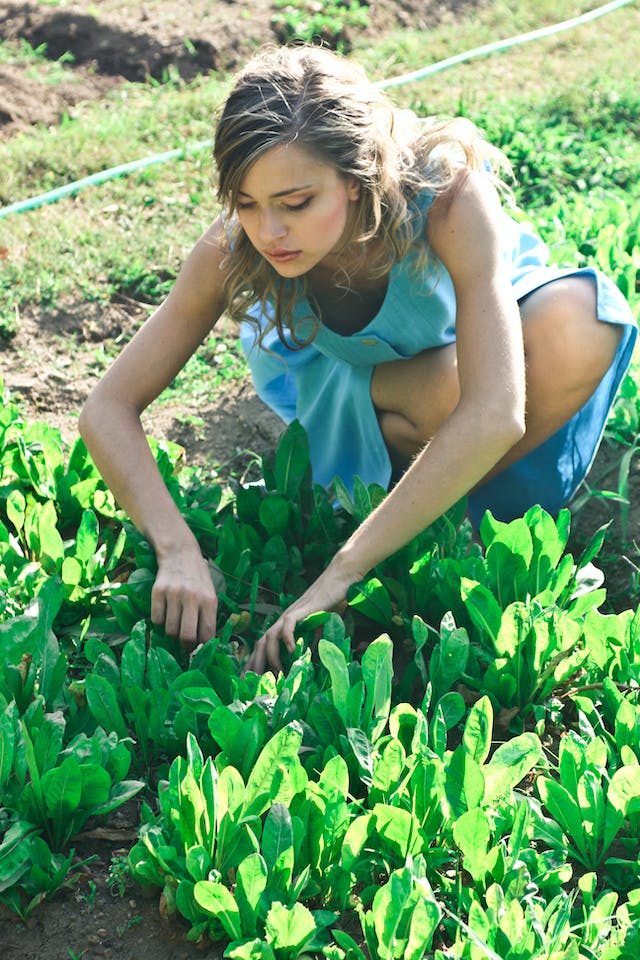By Charmaine Peters

Imagine being able to pick fresh, organic herbs, vegetables, or fruits at any time of the day. Home gardening allows you to enjoy the taste of homegrown produce, free from pesticides and other harmful chemicals. It can be a lot of fun, but it also takes some work to reap what you sow.
Here are a few simple tasks to check off as you prepare your garden:
Plan Your Layout
Plan for pathways within your garden to make sure you have easy access for watering, harvesting, and maintenance. If you have enough space, having raised beds would be ideal for controlling the environment for your plants. Stack the soil to a height of six to eight inches with dimensions of 4×4 or 4×8 feet, then flatten the top. This first step helps improve your garden’s organization and visual appeal.
Clean Up Garden Beds
Remove any fallen leaves, debris, roots from old plants, and weeds on your garden beds to help provide the best conditions for your plants. Weeds can compete with your desired plants for nutrients, water, and sunlight, so make sure you pull the roots to prevent them from regrowing.
Prepare Your Soil
Since the soil in South Florida can often be sandy and prone to drainage issues, conducting a soil test to see the current pH and nutrient levels will help assess what materials to add to help enhance soil fertility and texture. If your soil is too acidic, consider adding a mix of compost or other organic matter that is less acidic to create a pH balance and a more suitable environment for a variety of plants.
Organize Your Vegetables
In South Florida, where the weather can be hot and humid, it’s good to consider heat-tolerant vegetables for your garden. Identify the crops you want to grow and organize them based on their specific planting requirements. For example, leafy greens like kale, arugula, Swiss chard, and Malabar spinach prefer well-drained, nutrient-rich soil under partial shade to full sun. Fruiting vegetables like peppers, tomatoes, and eggplants thrive well in loose, well-drained soil under direct sunlight. By organizing the plants based on their specific needs, you can efficiently allocate spaces and plan the type of soil and fertilizers you need. The growing season in South Florida may be almost over, but check out my previous article here to see what fast-growing veggies you can harvest in a month.
Purchase and Start Your Seeds
Purchasing seeds in advance allows you to plan when to plant them. If you’re buying seeds online, consider the shipping times to avoid any delays in your plan. Some seeds, like tomatoes and peppers, grow better when started indoors. For instance, it’s recommended to start tomato seeds indoors for approximately six to eight weeks while pepper seeds for about eight to ten weeks before transplanting them outside. This will allow them to develop strong seedlings before facing the challenges of outdoor conditions. With careful planning and preparation, you can set the stage for a successful and bountiful vegetable garden.
Create a Planting Calendar
You can make your DIY planting calendar or print free downloadable templates online. Record each seed or crop’s indoor and outdoor planting dates on your calendar. If you started seeds indoors, note the estimated date when they can be gradually exposed to outdoor conditions, a process known as “hardening off.” Check the seed packets for information on the estimated first harvest date so you can mark your calendar and plan for the next crops to plant.
It takes good planning to avoid common gardening mistakes and make sure your garden grows into a bountiful harvest. So, take the time to plan using this guide, and you’ll reap the rewards of a vibrant and productive home garden. Happy gardening!

